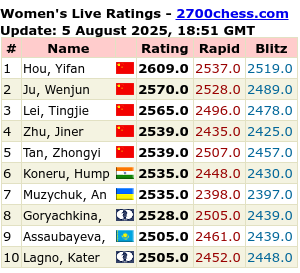Here's a missed combination from a 1919 game featuring Max Euwe.
As White, Hendrik van Hartingsvelt is playing against Max Euwe in Haarlem, 1919.
 |
| White to play |
Van Hartingsvelt misses a nice combination to win a pawn, and a few moves later plays the strange Qe4, which must surely be a fingerfelher, since he captures the pawn next move after 13...fxg 14. Qxg2.
 |
| 13. Qe4 ?? |
 |
| 21.Bf4 |
None of these are too hard to find, and the combination in the first diagram is a sweet one, so its interesting to see the difference in play ( or maybe that should be in expectations ?) between 1919 and 2019 as van Hartingsvelt was a top player in the Netherlands at the time ( EDO rates him as 2251 and Euwe as 2300 ).
In 2019, would you expect a 2350-rated player to miss a pawn-winning combination just 7 moves into the game ?
In fact, I find the same position 2 more times since Euwe's game and neither plays the best move,although 2039-rated Milan Lizner finds a similar combination after missing it first time around !


1 comments:
I didn't find the first one so easy to see. The e5 pawn is protected by another pawn, which means that the mind tends to automatically dismiss the idea of capturing it with a piece. Spending a lot of time calculating the immediate exd5 idea is also a distraction. I suspect another contributing factor to both players missing it (Black of course being equally culpable) was the long distance nature of the Qxg4 threat, which is a typical board vision issue. Finally, it being relatively early on in a classic opening, perhaps neither were alive to tactical possibilities, running on automatic.
In addition to the utility of solving these types of positions, which helps in recognizing similar ideas in one's own games, I think it's valuable to see how and why players typically overlook tactical possibilities. Thanks for posting this.
Post a Comment